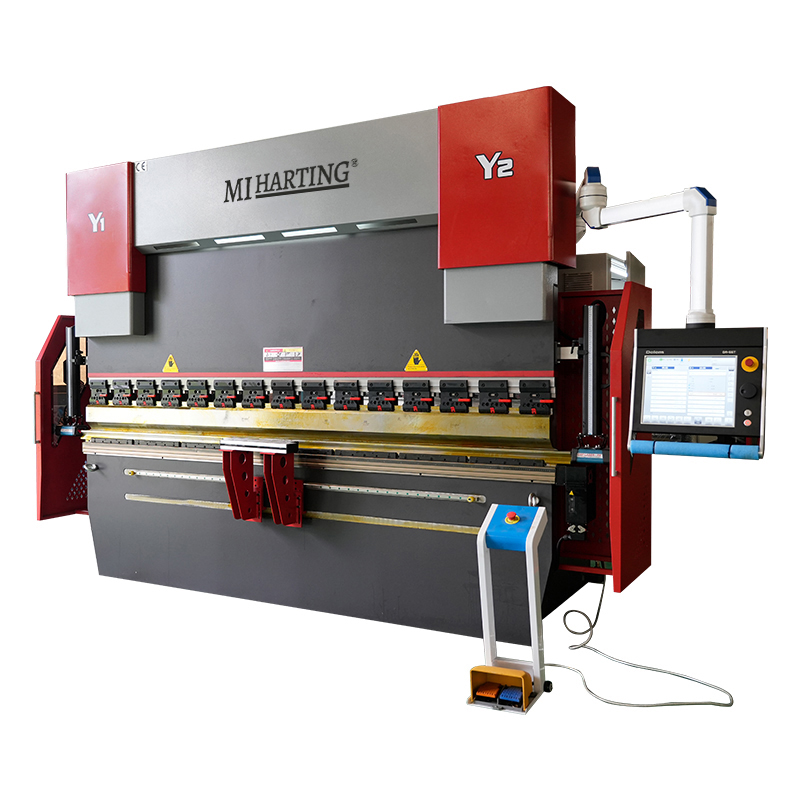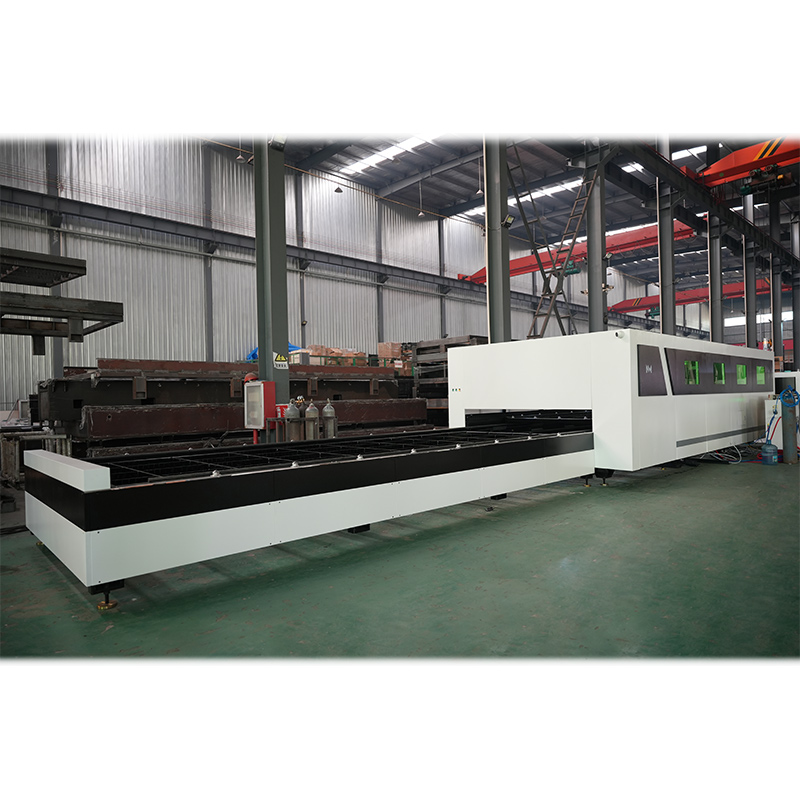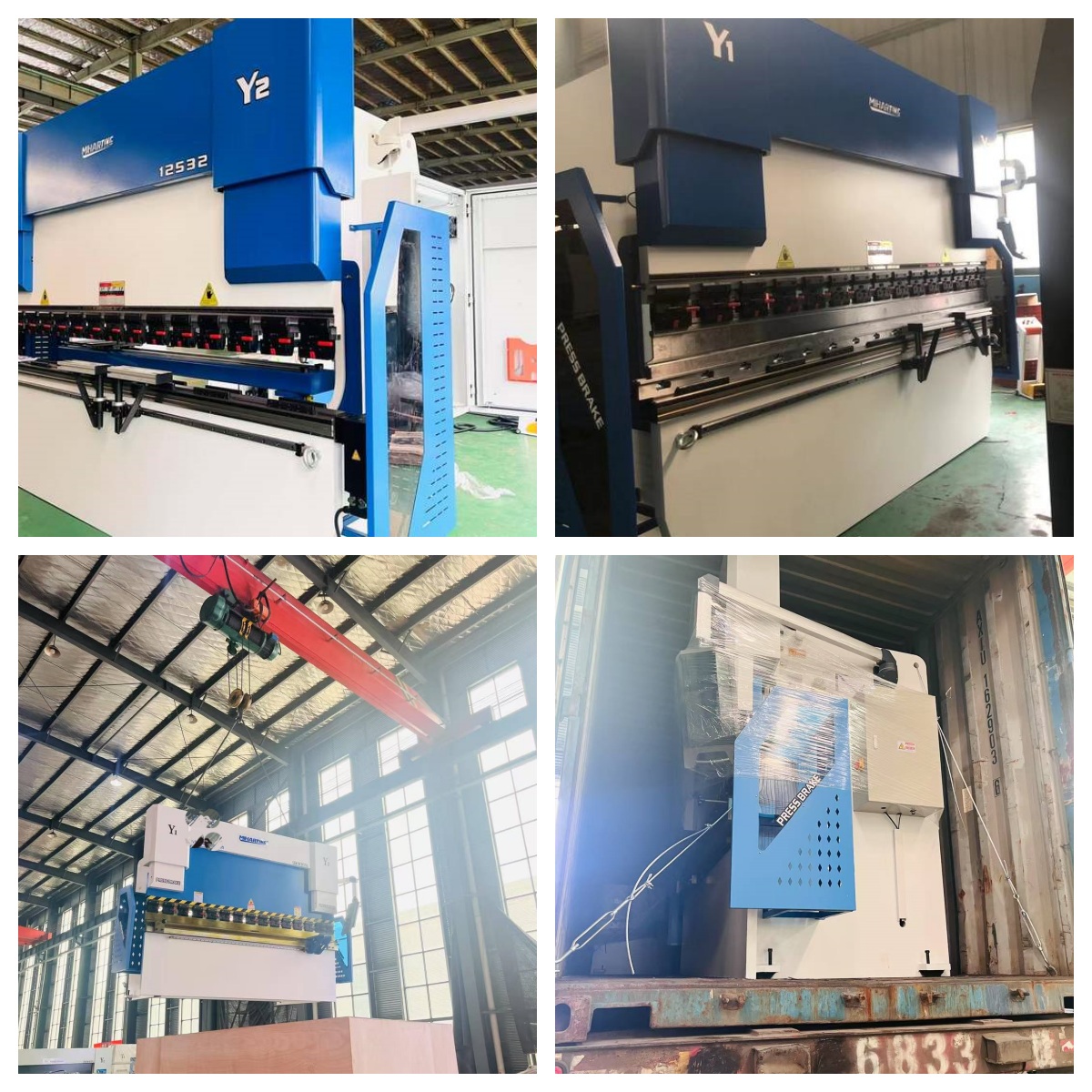What is bend allowance in bending?
Bend allowance in bending refers to the amount of material that needs to be added to the initial flat pattern length to compensate for the material's elongation during the bending process. It ensures that the final bent part matches the desired dimensions. The bend allowance depends on several factors, including material properties, thickness, bend angle, and tooling parameters.
How to calculate the bending allowance of a bending machine?
1.Understanding Bending Allowance:
The bending allowance is the amount of material that needs to be added to the initial flat pattern length to compensate for the material's elongation during the bending process. It ensures that the final bent part matches the desired dimensions. The bending allowance depends on several factors, including material properties, thickness, bend angle, and tooling parameters.
2.Determining Material Properties:
To calculate the bending allowance accurately, it is essential to know the material properties, specifically the tensile strength and elongation values. These properties can be obtained from material data sheets or through material testing. The tensile strength affects the amount of elongation that occurs during bending.
3.Calculating Bend Deduction:
The first step in calculating the bending allowance is determining the bend deduction. The bend deduction is the difference between the neutral axis length (L) and the initial flat pattern length (A). It accounts for the material's elongation during the bending process. The formula for bend deduction is as follows:
Bend Deduction = [(0.01745 x Bend Angle) x (Internal Radius + K-factor x Material Thickness)]
Here, the bend angle is measured in radians, the internal radius represents the radius of the bending die, the K-factor is a constant related to the material and tooling, and the material thickness is measured in millimeters.
3.Adding Bend Allowance:
Once the bend deduction is calculated, the next step is to add the bend allowance to the initial flat pattern length. The bend allowance compensates for the material's elongation and ensures the final bent part achieves the desired dimensions. The formula for calculating bend allowance is as follows: Bend Allowance = Bend Deduction + (0.01745 x Bend Angle x Material Thickness)
Adding the bend allowance to the initial flat pattern length provides the required length of the metal sheet or plate before bending.
Considerations for Different Bending Methods:
Different bending methods, such as air bending, bottoming, or coining, may require slight modifications to the bending allowance calculation. These variations depend on the specific characteristics of each bending method and should be taken into account to ensure accurate results.
Conclusion: Accurate calculation of the bending allowance is crucial for achieving precise bends in a bending machine. By understanding the material properties, calculating the bend deduction, and adding the appropriate bend allowance, one can ensure the final bent part matches the desired dimensions. It is essential to consider any variations based on different bending methods to achieve optimal results. By following these guidelines, professionals can confidently operate bending machines and produce high-quality bent parts.






